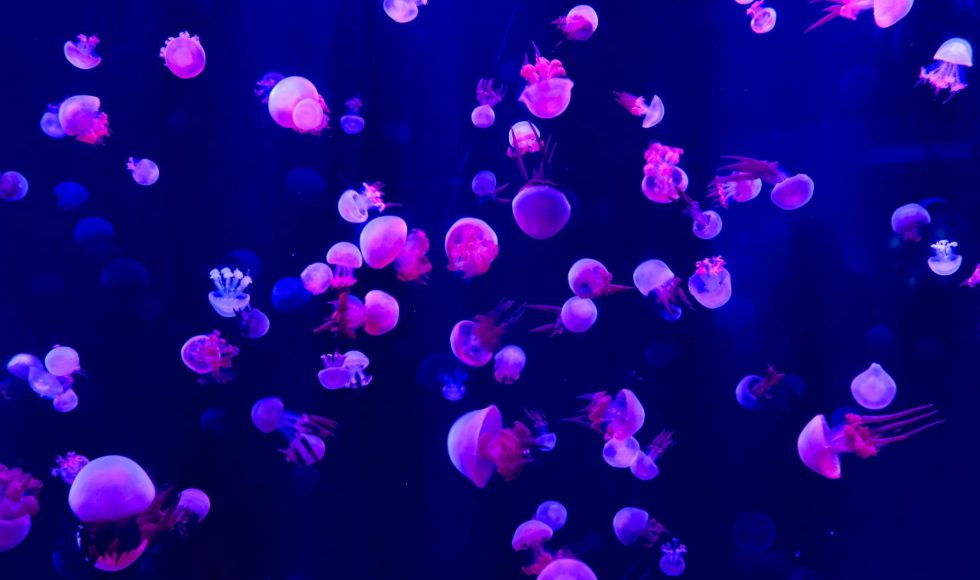Cheryl L. Ames from the US Naval Research Laboratory presented at London Calling 2019 on “Field-forward sequencing with Oxford Nanopore technology – a strategy to establish the upside-down mangrove jellyfish Cassiopea xamachana as a bioindicator.” They emphasized the biodiversity of the ocean is largely unexplored… and also threatened by climate change and overfishing. Environmental DNA (eDNA) can be used to characterize and monitor marine ecosystems. Ames has used jellyfish in coastal ecosystems as sources of eDNA. Ames and the team have sequenced a couple of jellyfish genomes. The life cycle of jellyfish includes microscopic elements at different stages. The Naval Research Lab has been assessing jellyfish biodiversity following hurricanes, for example. Cassiopea are useful indicators of the environment. Ames and team extracted eDNA from filtered water in the field. They then targeted the 16S primer with specific jellyfish primers. The amplicons were processed with QIIME. Phylogenetic analysis revealed the biodiversity of the Cassiopea species in Florida Keys eDNA. The changes in biodiversity upon disruption of the environment could be identified with this approach. Thus, Ames and the team want to continue biomonitoring. The Navy Lab is committed to doing fieldwork like this that highlights sustainability and fieldwork.



